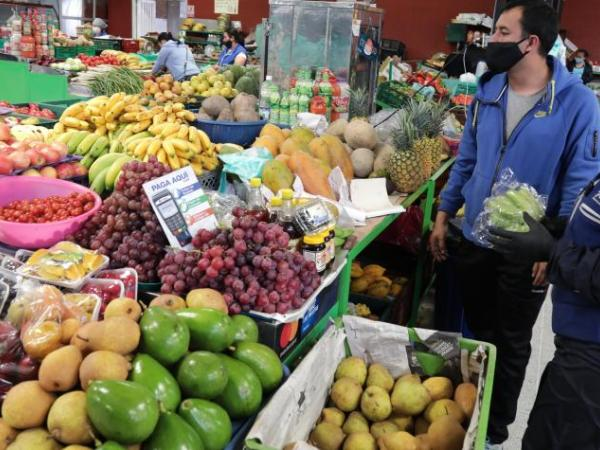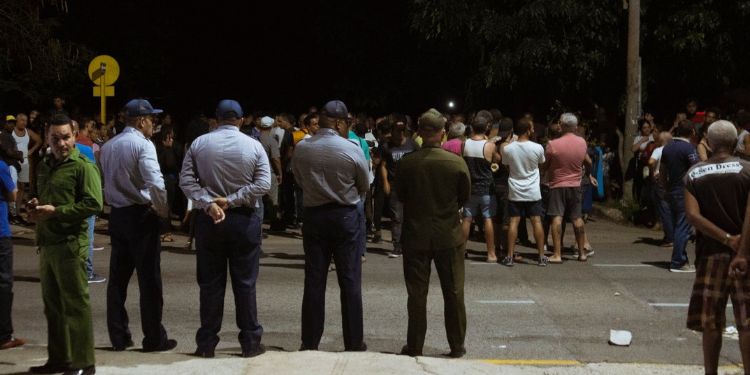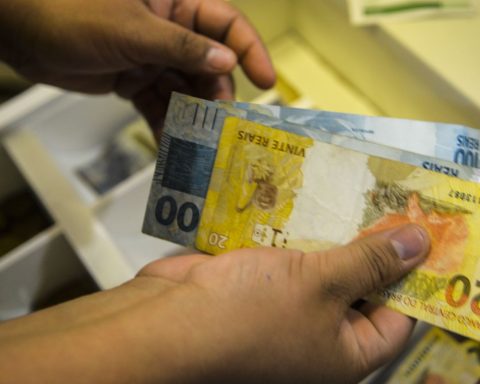The long-awaited fourth quarter of 2022 is here. In November, right in the middle of the aforementioned period, the inflation data was already published in a large part of the main economies of Latin America, a pressure that already seems to give slightly.
(See: Fed could slow rate hikes in the US due to inflation).
The development of the statistical figures that remain to be published, since only October is known, will mark the future of how the barometer of the region’s economy closes, which, according to the most recent report of the Economic Commission for Latin America and the Caribbean (ECLAC), it expects a slowdown in its collective gross domestic product (GDP) of 3.2% for 2022 and 1.4% for 2023.
According to the agency, for next year “fiscal and monetary policies will add complexity to an environment in which central banks have raised interest rates and reduced monetary aggregates to curb inflation”.
As the main Latin American economy, what happens in Brazil in terms of its performance can mark a starting point for the rest of the region.
(See: Prices have risen 10.86% from January to October: what is the most expensive).
With the data for October, a monthly variation in inflation of 0.59%, the neighboring country broke the three-month streak by recording negative records for the variation in prices, which allowed it, in the long run, to reduce the annual rate of inflation from 12.5% last April to 6.47% for the tenth month, more than half.
Analysts from the neighboring country have affirmed that this fall in inflation is explained, in part, by the central bank’s strategy of rapid escalation and stability of the interest rate (13.75%).
On the other hand, a few days ago Mexico also confirmed its downtrend of the inflation rate. In October, the monthly variation was 0.57%, the lowest since June (0.84%).
Likewise, the annual figure has also shown slight falls from 8.70 in August (which remained in September) to the current 8.41% in October.
(See: Inflation at 14.1%, the reality of poor households).
“Inflation continued to decline at the beginning of the period, thanks to the lagged effect of more restrictive financial conditions, the drop in the raw materials process and the improvement in global supply conditions. Looking ahead, we think inflation will ease to around 8.2% in December, and then drop to 7.3% in March.”, said Andrés Abadia, chief economist for Latin America at Pantheon Macroeconomics.
However, there is still concern in the Aztec country about the record of subjacent inflation, the one that does not measure food or energy, which registered an annual variation of 8.42%, the highest level for two decades.
Inflation in Colombia.
inflation in Chili is also slowing down. In October, the monthly variation was only 0.5% compared to September; the lowest since July 2022 and in turn the second lowest since February of this year (0.3%).
In turn, the annual record, which reached 12.8% for the tenth month of the year, marked the lowest level since August with 14.1%.
(See: The cities of Colombia that became more expensive in October).
Another of the neighboring economies, Peru also saw a slight drop in annual inflation in October down to 8.64% from 8.8% consecutively since August and September, which in turn, represent a significant decrease compared to 9.3% in July.
The monthly variation in the Andean country was 0.45%, thus confirming a sustained fall from 1.03% in June and the lowest since 1.5% in March.
(See: What is true and false about inflation in Colombia).
“Inflation is finally falling in these two countries, thanks to subdued domestic demand, the lagged effect of tighter fiscal and monetary policy, and better global supply conditions.”, pointed out Abadía, who estimates that both central banks will not raise rates in the next meetings.
BRIEFCASE

















